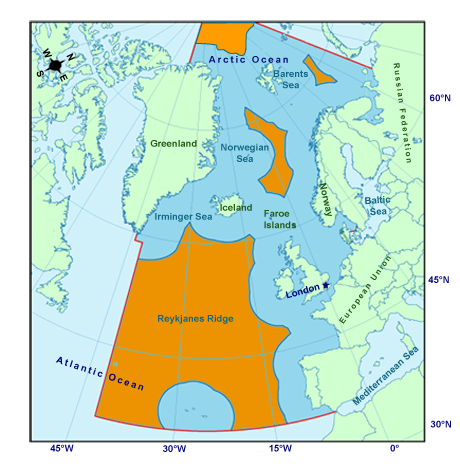
Resources
TACs and Quotas
The utilization of fish stocks for the production of fishmeal and fish oil in European countries operates under stringent regulations to maintain sustainability.
Setting limits
Total Allowable Catches (TACs) are set annually for most stocks by the EU Council of fisheries ministers. TACs serve as the cornerstone of fisheries management, representing the maximum allowable catch for commercial fish stocks. These limits are established annually based on scientific assessments of stock status conducted by advisory bodies like the International Council for the Exploration of the Sea (ICES) and the Scientific, Technical and Economic Committee for Fisheries (STECF). You can find an overview of TACs for EFFOPS main species of interest for 2024 here
Regulatory Oversight
In the European Union (EU), the European Commission proposes TACs in alignment with scientific advice, with final decisions made by the EU Council of Fisheries Ministers. These TACs are then allocated to EU member states as national quotas.
International Cooperation
Outside the EU, countries like the UK, Norway, Iceland, and the Faroe Islands independently set TACs and quotas based on scientific advice. For stocks managed jointly between countries, bilateral or multilateral negotiations occur annually to establish TACs and quotas, ensuring equitable resource management. Fisheries agreements for 2024: click here
Coastal Collaboration
Coastal states collaborate through organizations like the North East Atlantic Fisheries Commission (NEAFC) to manage shared and migrating species effectively. NEAFC’s mandate focuses on conserving and optimizing the utilization of fishery resources in its Convention Area, fostering sustainable economic, environmental, and social benefits.

